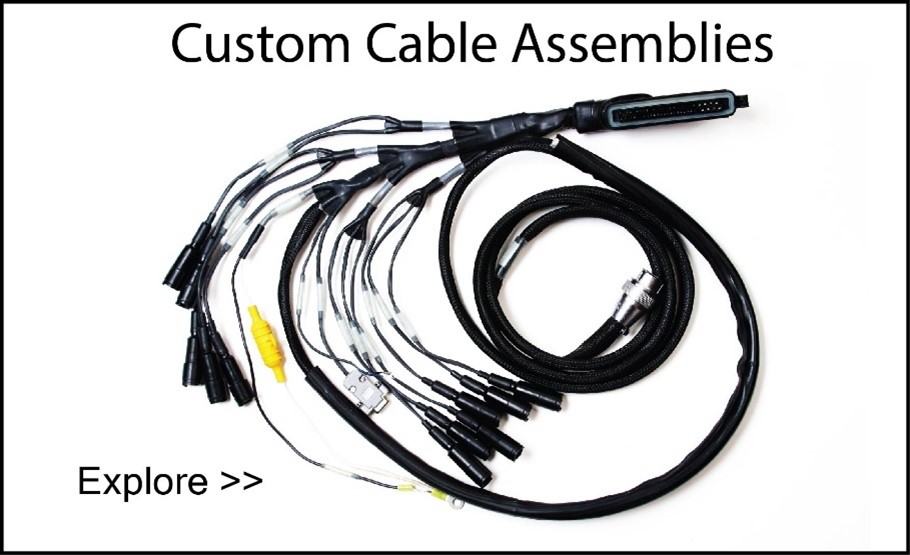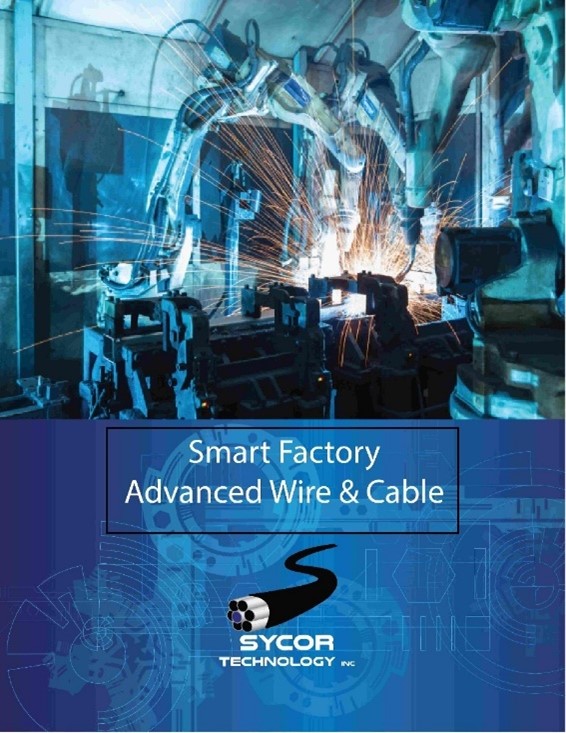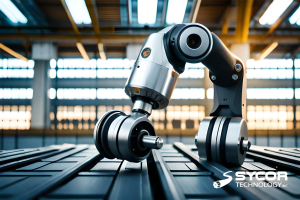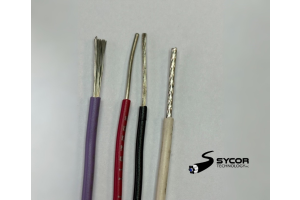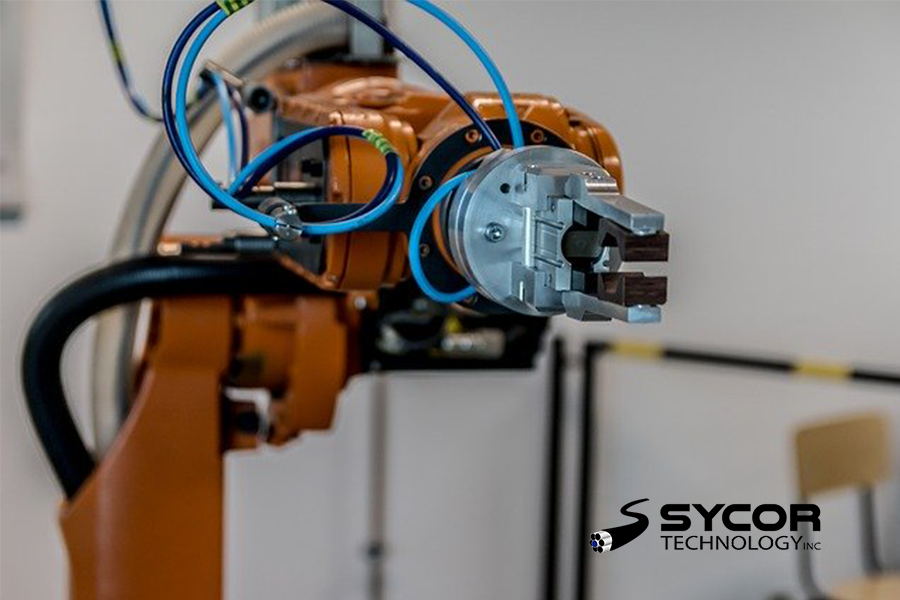
Robotics and Automation: Key Considerations
Automation benefits applications in a number of ways, such as improved logistics, reduced labour, increased savings, greater organization, and a larger ROI (return on investment). From laboratories to manufacturing facilities, almost every job has the potential to become automated. In order to reap these benefits, your application must be analyzed using three key considerations.
When examining applications and how to implement robotic automation there are 3 factors to consider:
- Strength: The first factor to consider is the maximum size and weight that is going to be lifted.
- Design: How much space does the robot require and what will the physical design need to incorporate?
- Intelligence: The final factor is how much information does the application require for a successful outcome.
Industries that benefit the most from robotic automation integration:
- Consumer Goods
- Food & Beverage industries
- Pulp & Paper
- Medical
- Telecommunications
- Appliances & Electronics
- Mining
- Industrial
- Transportation
- Energy
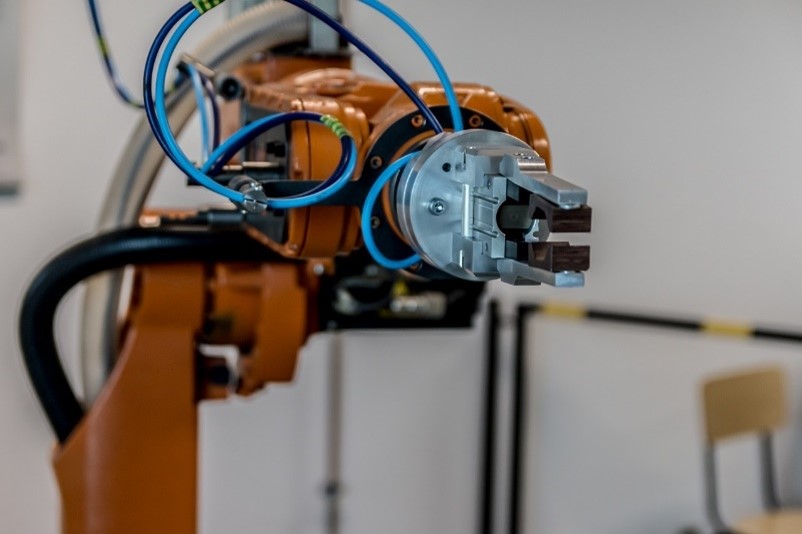
Robotic Automation: Tray Cable
Tray cables are another important category and one that's often overlooked. These reliable cables are generally installed in trays, wireways, troughs, ducts, conduits, and channels. They're also available in flexible constructions for moving automation applications and power-limited assemblies in mass transit systems. Tray cables are general-purpose cables that can be used in wet or dry locations. Many of these constructions have different shielding capabilities, that excel in indoor or outdoor applications. These cables are typically used for power distribution and are consistently used to support structures of many different sizes. Tray cables are a well-known asset for a vast majority of construction and utility companies.
NEC Definition of a Tray Cable
"A factory assembly of two or more insulated conductors, with or without associated bare or covered grounding conductors under a nonmetallic sheath, for installation in cable trays, in raceways or where supported by a messenger wire.”
Popular Types of Insulation & Jacketing
CPE = Chlorinated polyethylene
PVC = Polyvinyl chloride
LSZH = Low smoke zero halogen
XLPO = Cross-linked polyolefin
THHN = Thermoplastic high heat-resistant nylon
THWN = Thermoplastic high heat-resistant nylon water-resistant
FREP/EPR = Flame retardant ethylene propylene
XLPE/XHHW = Cross-Linked Polyethylene
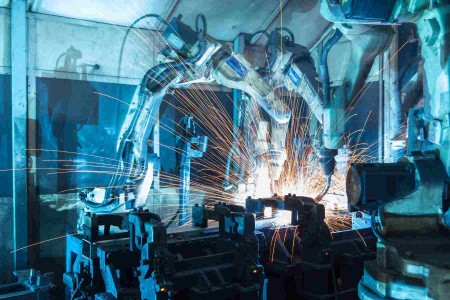
Robotic Automation: Wire Harnessing
Wire harnessing and cable assemblies are another popular type of cabling product that's used within the automation processes. Unlike traditional lead wire or multi-conductor cable, a wire harness is a customized assembly of wire, cables, tubing, and terminations.
A wire harness becomes a more practical alternative over the traditional lead wires and multi-conductor cables when standard connections won't fulfill the requirements of the application. This may be caused by terminations being to close to one another, multiple connections travelling long distances side by side, or even setting up a control panel to its required application.
From Custom Hi-Torque Flex Cables to custom VFO motor cables, the list is endless. With unique robotic automation applications all over the world, the need for a one-of-a-kind automation application is always continuing to grow.
Robotic Automation: Power Cables
Power cables are an essential part of robotic automation processes. Like every other cabling product, the power cables are designated for transferring moderate levels of electricity in a number of different environments. From buildings to stage lighting, power cables are reliable, durable products that have a variety of different constructions that enable them to be used in cost-effective ways.
Power cables are available in several different constructions, each being an effective alternative to the last. Having constructions available with oil-resistant insulation and jacketing, added abrasion resistance, added flexibility, chemical resistance, and many other desirable attributes; enables these multi-purpose cables to be used as a popular application solution.
Popular Robotic Automation Applications:
- CNC System
- Assembly Line
- Automatic Loaders
- Robotic Arms
- Robotic Organizers (Amazons
Robotic automation is taking the world by storm as it continues to integrate into millions of different jobs. From extreme temperatures in car factories to acidic chemicals in laboratories, the capabilities of automation are endless. If you have any questions about robotics and automation, feel free to check out our brochure below or contact us (via: [email protected]) with any concerns you may have.
For more information about us:
Call Toll Free - 1.800.268.9444 or Email Us - [email protected]

